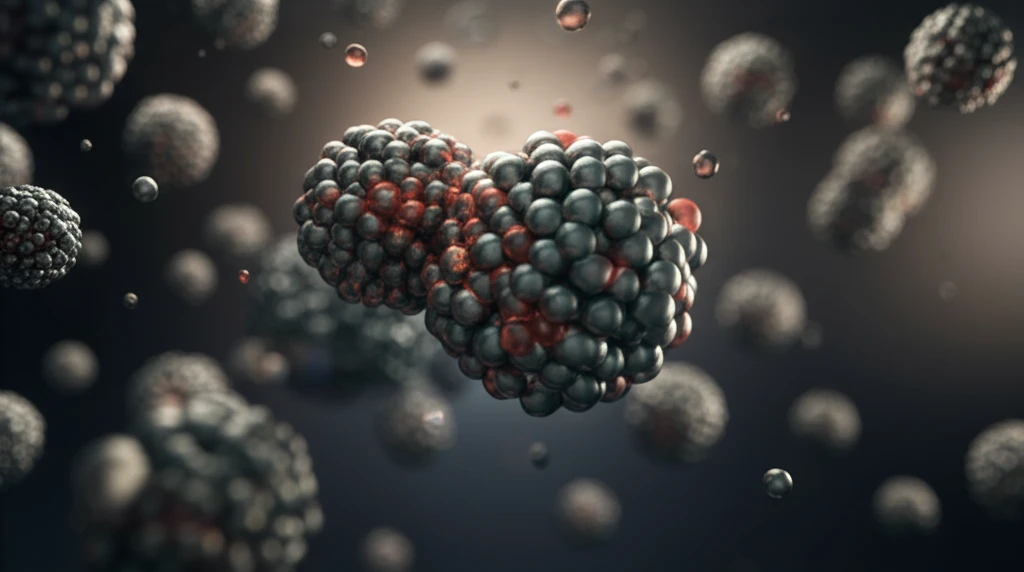
Unlock Stronger Steel: The C and Mn Secret for Medium Mn Steels
"Discover how adjusting carbon and manganese levels can dramatically improve the strength and toughness of medium Mn steels, offering a cost-effective solution for automotive and structural applications."
The quest for lighter, safer, and more energy-efficient vehicles has driven significant innovation in the steel industry. Automakers are increasingly turning to Advanced High-Strength Steels (AHSS) to meet these demands without compromising on cost. Among these, medium manganese (Mn) steels, containing between 3% and 10% Mn, have emerged as a promising option. These steels offer a unique combination of strength and ductility, largely due to a phenomenon known as Transformation Induced Plasticity (TRIP).
TRIP steels work by transforming retained austenite, a meta-stable phase of iron, into martensite, a much harder phase, during deformation. This transformation absorbs energy and increases the steel's resistance to further deformation. The effectiveness of the TRIP effect depends heavily on the amount, shape, and stability of the retained austenite. This is where the careful balancing act of alloy composition comes into play, especially the levels of carbon (C) and manganese (Mn).
A recent study delves into the relative effects of carbon and manganese on the strength and toughness of medium Mn steels. By understanding how these elements interact, engineers can fine-tune steel compositions to achieve optimal performance.
The Dance of Carbon and Manganese in Steel

Carbon and manganese are key players in dictating the properties of medium Mn steels. Carbon is a potent austenite stabilizer, meaning it helps to maintain the austenite phase at lower temperatures. It also increases the hardness and strength of the steel. However, too much carbon can reduce ductility and toughness, making the steel brittle and prone to fracture. Manganese, like carbon, stabilizes austenite, but it does so through a different mechanism. It also has a lower diffusion rate compared to carbon, meaning it moves more slowly within the steel. This difference is crucial for controlling the microstructure and the stability of retained austenite.
- The LCHMn steel exhibited a superior combination of yield strength, ductility, and impact toughness.
- This was attributed to a finer microstructure and a higher fraction of retained austenite.
- Manganese enrichment played a key role in stabilizing the retained austenite.
- The TRIP effect was more pronounced in the LCHMn steel.
The Future of Steel is in the Balance
These findings have significant implications for the design and production of advanced high-strength steels. By carefully controlling the levels of carbon and manganese, engineers can tailor the properties of medium Mn steels to meet the specific demands of various applications, especially in the automotive industry where both strength and toughness are critical for safety and performance. The move towards more sustainable and energy-efficient vehicles requires innovative materials, and optimized medium Mn steels are poised to play a key role in this transition.
